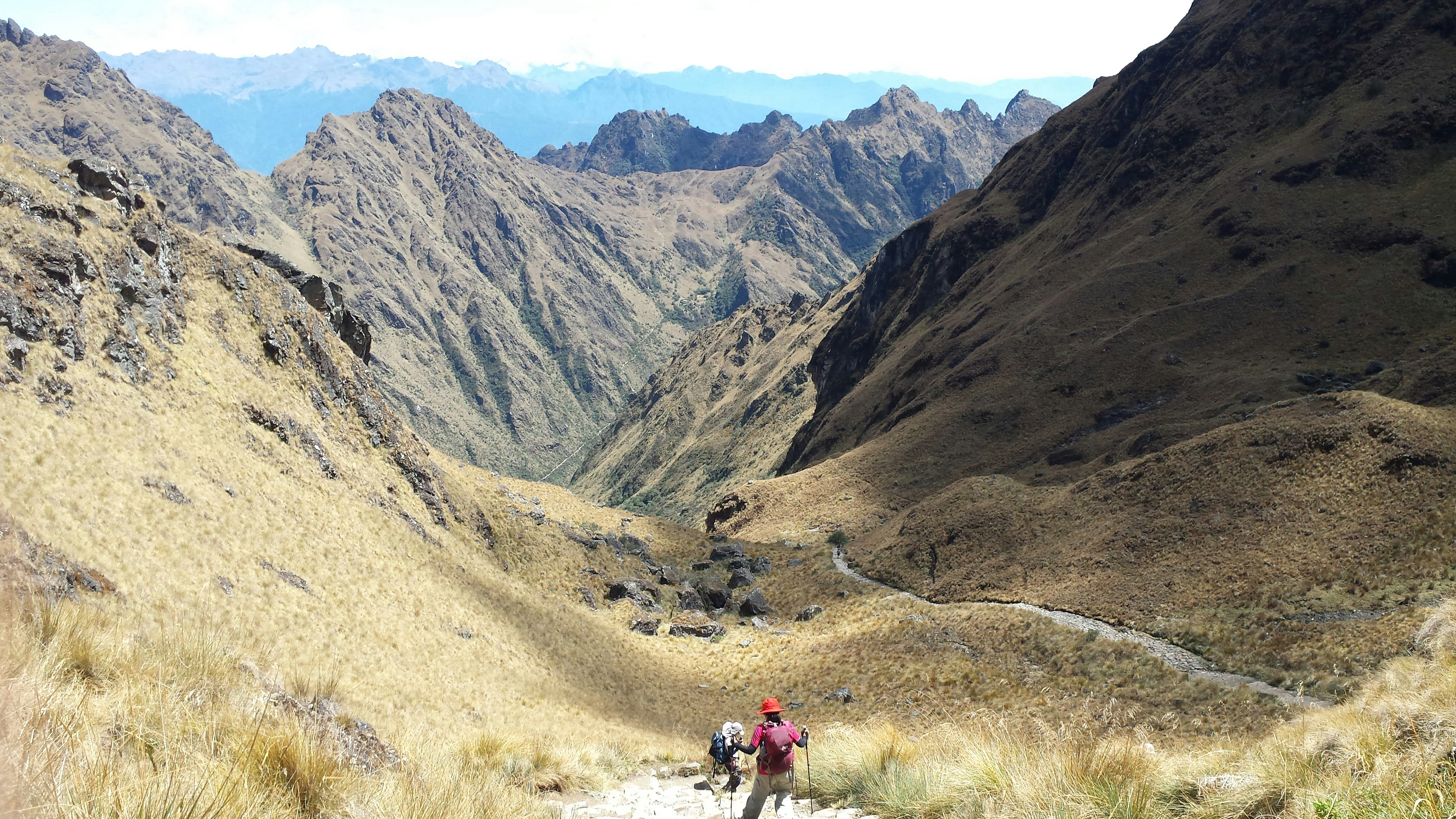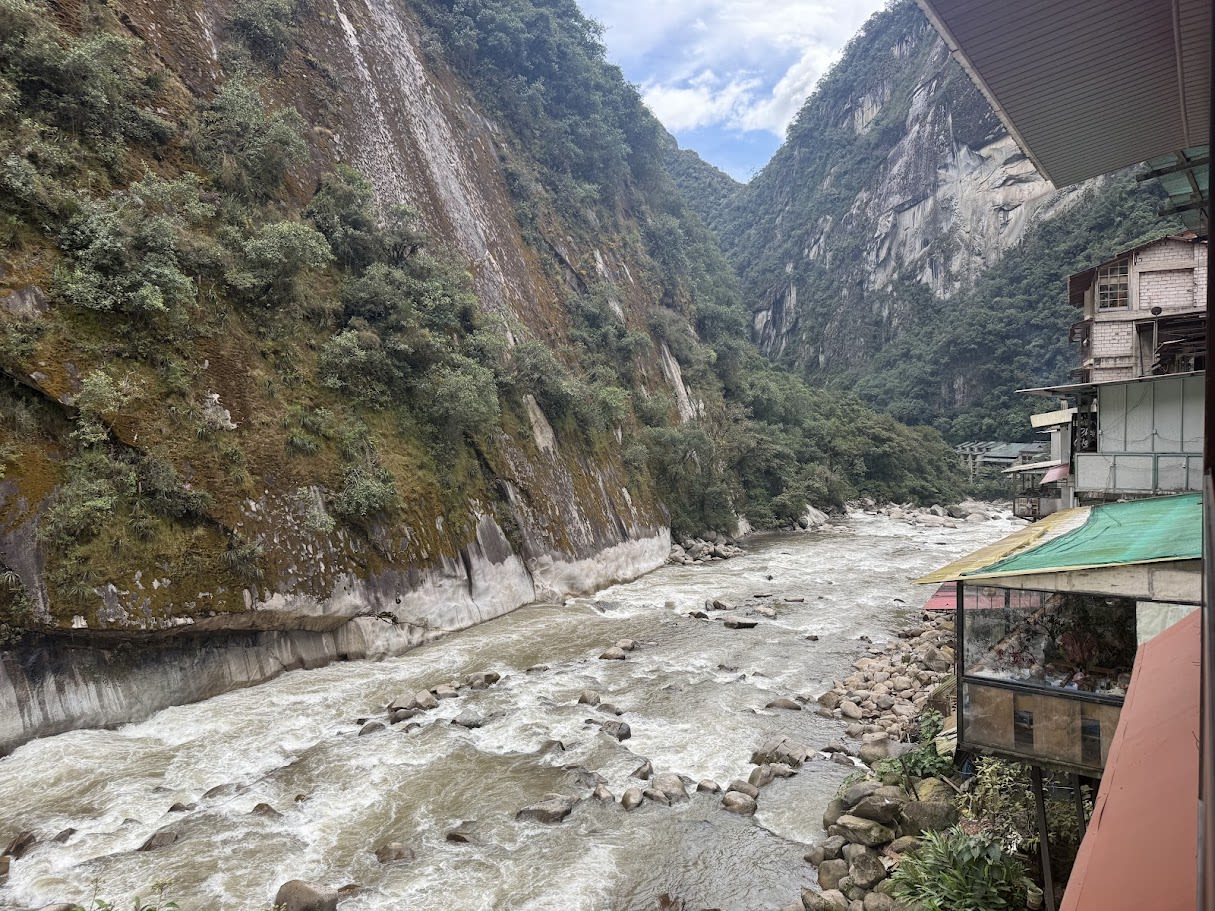
Curator’s statement
Peru is a country in western South America known for its rich cultural history and stunning landscapes, from the Andes Mountains to the Amazon rainforest. It was once the heart of the Inca Empire, the largest and most advanced civilization in pre-Columbian America. The Incas, renowned for their engineering, architecture, and agricultural innovation, built iconic sites like Machu Picchu. Their empire thrived until the Spanish conquest in the 16th century, which dramatically reshaped the region’s history and culture. Today, Peru preserves a blend of indigenous traditions and colonial influences.
The Fora Difference
Book with Alanna to access exclusive perks and experiences on your trip.
Killer perks
Free upgrades, spa credits and more—we got you
Personalized recs
Customized travel planning for your style
Insider knowledge
Expert advice from people who’ve actually been there
Where to stay in Peru
Unlock perks by contacting Alanna to book your trip.
Things to do in Peru

1. The classic 4-day Inca Trail
This is one of the world’s most iconic treks, leading hikers through breathtaking Andean landscapes, cloud forests, and ancient Inca ruins—all culminating at the Sun Gate with a dramatic sunrise view of Machu Picchu. Covering approximately 26 miles (42 kilometers), the trail follows original Inca pathways and passes archaeological sites like Wiñay Wayna and Runkurakay. It's physically demanding but rewarding. The trek combines natural beauty, cultural history, and spiritual connection, offering a once-in-a-lifetime experience for adventurers.
To do the four-day Inca Trail to Machu Picchu, you’ll need to plan in advance—permits are limited and sell out quickly. Make sure to work with a travel advisor who can connect you with a licensed tour company and help make the trip preparation as easy as possible. The Peruvian government only allows 500 entries to the Inca Trail a day, which is broken up into 200 tourists and 300 porters and guides. The porters will help carry your stuff and set up camp each evening and this includes a chef for every meal! Ours was absolutely amazing and even made us a whole cake on the last night. There are also other options available if you do not want to do the four-day, including a shorter trek (one- or three-day) or you have the option to take the train directly to Machu Picchu!
2. The Sacred Valley
Located in the Andes of Peru near Cusco, the Sacred Valley was a vital region for the Inca Empire due to its fertile land and strategic location. Stretching along the Urubamba River, the valley served as an agricultural, spiritual, and political hub, and it remains a deeply sacred place for many Peruvians today.
When you visit with a Fora advisor-organized trip, you will spend the day enveloped by the local culture. We got to experience a traditional ceremony to Pachamama (Mother Earth), and our shaman blessed us with good weather as well as prayed over each of our personal intentions. Our guide taught us Quechua during our trip so we could show all the locals our gratitude and appreciation!
3. The Maras Salt Mines
These are a stunning network of thousands of salt evaporation ponds nestled in Peru’s Sacred Valley. Used since Inca times, these shallow pools are fed by a naturally salty spring, and the intense Andean sun causes the water to evaporate, leaving behind crystalized salt. Families from the local community have harvested salt here for generations, using traditional methods. The terraced pools, gleaming white against the red hillsides, create a breathtaking and otherworldly landscape that blends natural beauty with centuries-old tradition.
The locals that own plots within the salt mines work together to produce various salt-based items. The Peruvians working that day let us try the different spiced salts as well as traditional salty snacks and chocolates. There is a local market there as well to purchase the prepared salts to take home with you.
4. Moray, Peru
This is an impressive Inca archaeological site located in the Sacred Valley near the town of Maras. It features a series of circular, terraced depressions built into a natural bowl in the earth. Scholars believe the Incas used Moray as an agricultural research station, as the terraces create a variety of microclimates—each level with its own temperature and humidity. This allowed the Incas to experiment with growing different crops at different altitudes. Moray is a testament to the Inca's advanced understanding of agriculture, engineering, and environmental adaptation.
5. San Pedro Market
Make sure you do not miss the most famous market in Cusco! San Pedro is a sensory overload of colors, smells, and sounds. You’ll find everything from fresh produce and local cheeses to alpaca wool clothing, handmade souvenirs, and traditional Peruvian meals. While tourists are told to shy away from some of the more raw and unprocessed meats, we had the best fruit smoothies! It’s a great place to try other local street food and see daily life up close. Another thing to try while in Cusco is guinea pig. Yes, guinea pig! These are considered a delicacy in Peru and most family gatherings have multiple guinea pigs on the table. While the taste was that of rabbit, I do not think it was for me!
Places to eat & drink in Peru

Morena (Cusco)
This is the most authentic restaurant in the city square of Cusco. You must try their guacamole and their grilled alpaca!
Limo (Cusco)
For Asian flair in Peru, try Limo. Their sushi rolls are inspired by Peruvian cuisines and their ramen hit the spot after a cool rainy day spent outside.
Kusykay (Cusco)
Tucked away in the souvenir district, this restaurant offers a vast menu with multiple tasting dishes so that you can sample various Peruvian items in one meal. Be sure to try the local Cusco beer, Cusqueña.
Qucharitas (Cusco)
With a patio inspired by the famous umbrella street in Puerto Rico, this ice cream shop integrates locally produced chocolate into their desserts. Just, yum!
Full House (Aguas Calientes) & Chef House (Aguas Calientes)
These spots are along the water in the city nearest Machu Picchu. I would recommend their soups and teas and ask for a seat near the windows. This is a great spot to wrap up the Inca Trail and celebrate your hard work hiking!
Need to know
Peru, and Cusco specifically, is tourism driven. There are thousands of operators within the city limits and they all appear to be selling the same thing. It is important to work with a reputable and honest company that will not only give you the best experience, but also treats their workers fairly. While working with Fora Preferred Partners, you do not have to worry about vetting since it is taken care of on our end. Make sure to work with a travel advisor who can connect you with a licensed tour company and help make the trip preparation as easy as possible!

Travel Advisor
Alanna Zappariello

Get in touch with Alanna
Did you like this guide? Reach out to customize and book your own experience. Or, just to chat about travel in general.
You can expect a response from Alanna within 1–2 business days. You’ll also be subscribed to our traveler newsletter (you can unsubscribe at any time).
For more inspiration and insider recommendations, visit our Peru page.